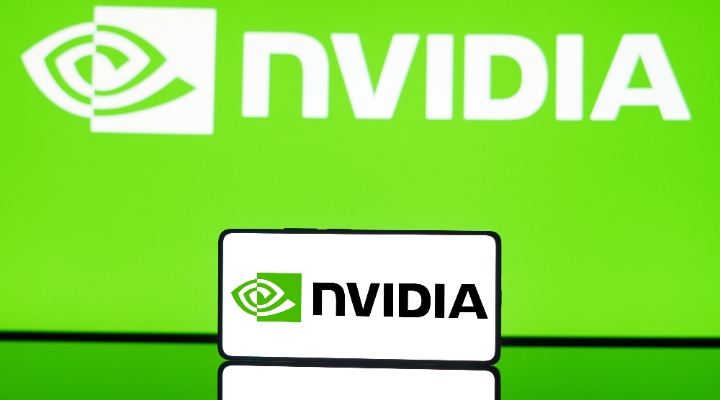
What is Coinbase?
Coinbase operates an exchange platform where users can securely buy, sell, and store 90 cryptocurrencies, including Bitcoin and Ethereum. The company offers subscription products and services to both institutional and retail customers in over 100 countries, though most of its revenue comes from the United States. Its offerings include cryptocurrency investing, a wallet for retail users, and custodial accounts for institutions. It also provides educational tools for users new to cryptocurrency, which fits with the company’s mission of making crypto more accessible.
The public offering at a glance:
Ticker: (COIN)
Listing Date: April 14, 2021
Publicly Tradable Shares: About 114.9 million
Percentage of the Company Made Public: 44%
April 14 Opening Price: $381
April 14 Closing Price: $328.28
Market Cap: $85.78 billion
What is Significant about the Public Offering?
Coinbase went public with a direct public offering rather than a traditional IPO. With a direct public offering, the company doesn’t raise cash by selling new shares. Rather, Coinbase lets its stakeholders start selling shares at a market-driven price. Coinbase closed its first day of trading at a price of $328.28 per share, making its valuation a whopping $85.78 billion and putting the company on the list of 100 most valuable companies in the US.
Coinbase is already worth more than a number of prominent U.S. exchange operators.
The public offering may also be a major step toward the mainstream adoption of cryptocurrency. Coinbase is the first cryptocurrency company to publicly list, which could lead others to follow suit. With a successful public offering and massive valuation, Coinbase makes it harder to dismiss cryptocurrencies as fringe investments. Further, the public listing allows investors to gain indirect exposure to cryptocurrencies by purchasing Coinbase shares.
In 2020, 96% of the company’s revenue came from transaction fees earned from trades on its platform by institutions and individual users. As a result, the company’s performance is heavily dependent on the prices of the cryptocurrencies it gives users access to, particularly Bitcoin and Ethereum.
In addition to its size, the company’s profitability also sets Coinbase apart. The company’s net income in 2020 measured $322.3 million, compared with a net loss of $30.4 million in 2019. The cryptocurrency boom of the past year has fueled major revenue gains for Coinbase. In the first quarter of this year, the company brought in $1.8 billion in revenue, up from $190.6 million in the same quarter in 2020.
Coinbase to Benefit from Industry Trends
Analysts at PitchBook, a Morningstar company, have identified trends that will likely drive growth in the digital assets space, which includes cryptocurrency exchanges like Coinbase. Among these trends, three stand out:
Investor speculation: Cryptocurrency exchanges have experienced strong volume as digital asset prices fluctuate. Continued speculation around future value of digital assets will likely continue to drive investment and trading.
Growth of digital economy: The continued digitisation of economies and the need for secure and rapid electronic movement of assets or payments could drive adoption of digital asset systems.
Improved digital asset management: Cryptocurrency exchanges and digital asset management systems continue to improve, increasing the willingness of more-traditional investors to allocate resources to this asset category.
Who Competes with Coinbase?
Coinbase has enjoyed strong revenue growth and a surge in users over the past 12 months, but the company will likely face challenges in its pursuit of future growth, says PitchBook analyst Robert Le. “We believe Coinbase will be hard-pressed to maintain its growth path as many competitors such as established incumbents like PayPal (PYPL) and Square (SQ) or crypto startups seek to attract Coinbase’s customers by lowering transaction fees,” Le says.
In addition to fee pressure from its competitors, Coinbase may also face challenges in terms of its revenue concentration. As most of the company’s revenue comes from transaction fees, which are concentrated around Bitcoin and Ethereum, Coinbase will be at the mercy of notoriously volatile asset prices.
Despite these risks, Le sees opportunities for Coinbase. “The company is well-positioned to offset competitive and concentration risks by continuing to diversify its institutional business, which includes prime brokerage and custodial services,” Le says.
Coinbase’s prospectus acknowledges the company’s current dependence on transaction fees and asset prices and identifies investing in diversification as a means of growth.




























